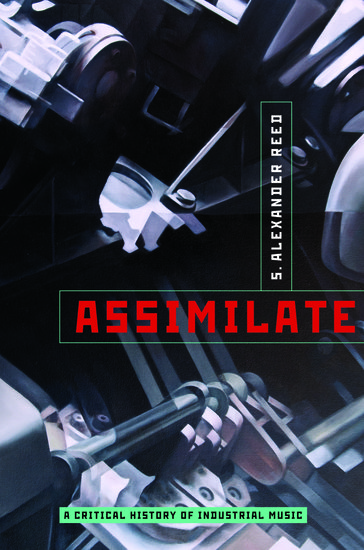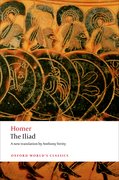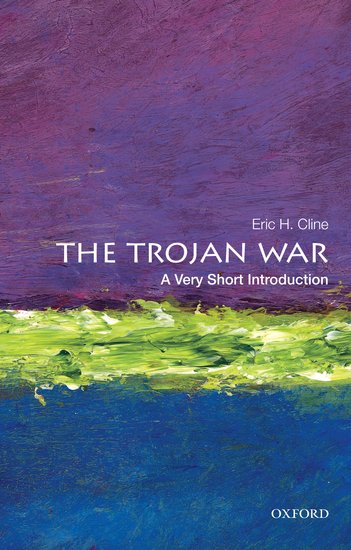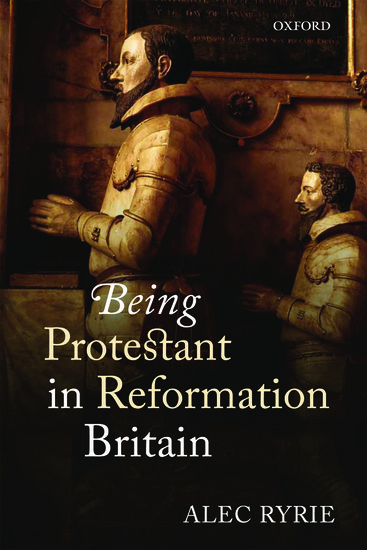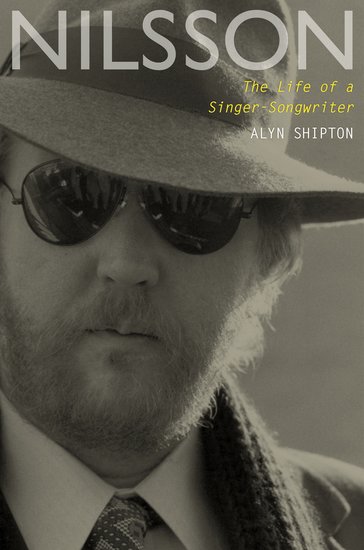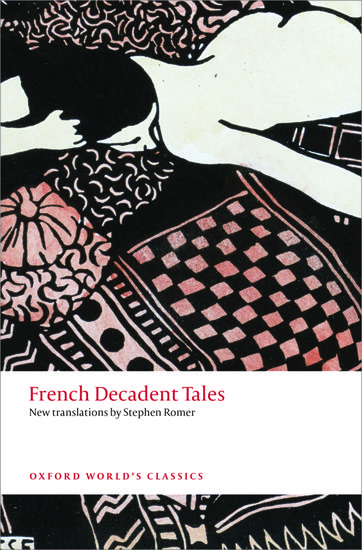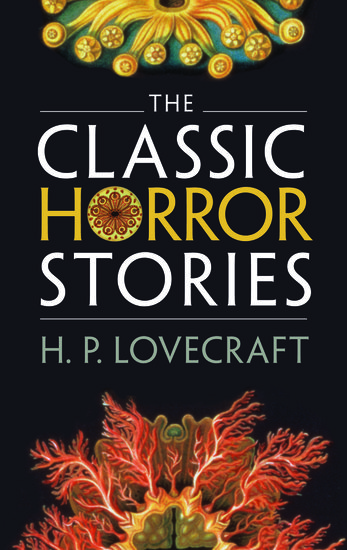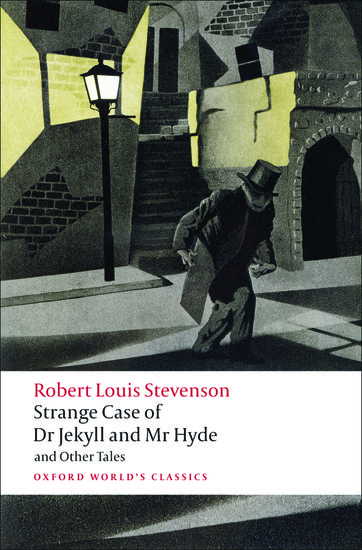The marginalized Alexander Pope
By Dr. Robert V. McNamee
Spring 2013 marks two significant anniversaries for Alexander Pope, perhaps the most representative and alien English poet of the 18th century. Pope is memorialized both for the 325th anniversary of his birth, on 21 May 1688, and for the 300th anniversary of two significant literary acts: one a publication, the other a proposal to publish.



